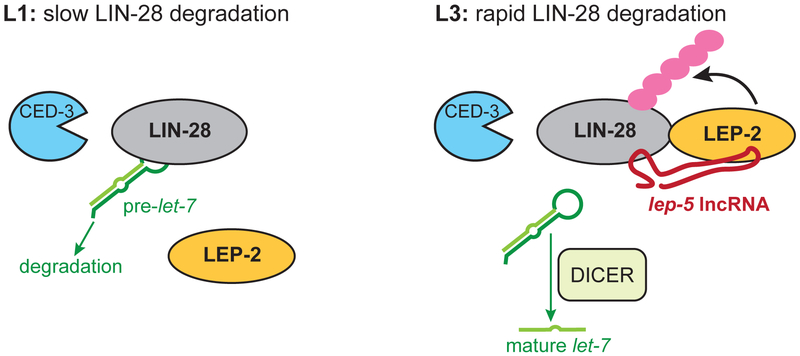Figure 6. Model for lep-5 function as an instructive switch for LIN-28 degradation.
(Left) Early during C. elegans development, before the onset of lep-5 expression, slow degradation of LIN-28 is facilitated by CED-3 (Weaver et al., 2014). LEP-2, a putative E3 ligase, is present but does not efficiently ubiquitinate LIN-28. LIN-28 facilitates the degradation of pre-let-7. (Right) Later, e.g. in L3, lep-5 acts as a scaffold to bring LEP-2 and LIN-28 into close proximity, allowing efficient ubiquitination of LIN-28. Ubiquitinated LIN-28 would then be subject to rapid proteasomal degradation. When LIN-28 is absent, let-7 biogenesis can proceed, leading to adult-specific programs of TTM, production of adult cuticle and exit from the molting cycle.

